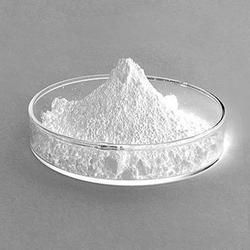
© UnknownNeotame is an artificial sweetener made by NutraSweet that is between 7,000 and 13,000 times sweeter than sucrose (table sugar). The product is attractive to food manufacturers as its use greatly lowers the cost of production compared to using sugar or high fructose corn syrup (due to the lower quantities needed to achieve the same sweetening)
Everyone wants to indulge a sweet tooth at this festive time of year, without suffering the inevitable consequences of weight gain. But, be aware of the hidden (not listed on ingredient labels) dangers of Neotame sweetener in almost everything consumed by humans, and now even in feed for livestock raised for human consumption.
In 1998, Monsanto applied for FDA approval for a monster molecule, "based on the aspartame formula" with one critical addition: 3-dimethylbutyl [listed on EPA's most hazardous chemical list]. Neotame is touted as being 13,000 times sweeter than sugar.
On July 5, 2002 - Monsanto's Neotame molecule was approved by the US FDA over formally registered objections of the Aspartame Consumer Safety Network and others. (Long term effects on humans are unknown.) Read the full release on
The Aspartame Consumer Safety Network.
The food labeling requirements required for aspartame have now been dropped for Neotame, and no one is clear why this was allowed to happen. Neotame has been ruled acceptable, and without being included on the list of ingredients, for:
1. USDA Certified Organic food items.
2. Certified Kosher products with the official letter k inside the circle on labels.
